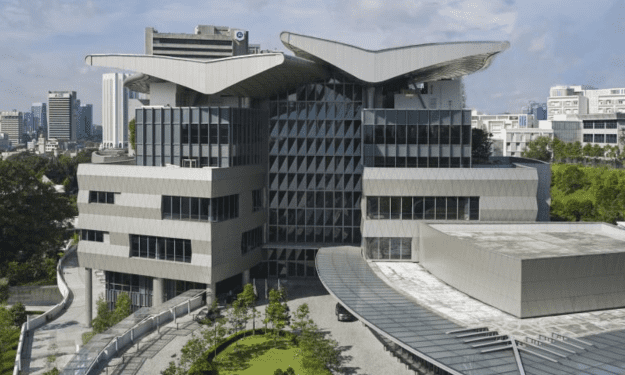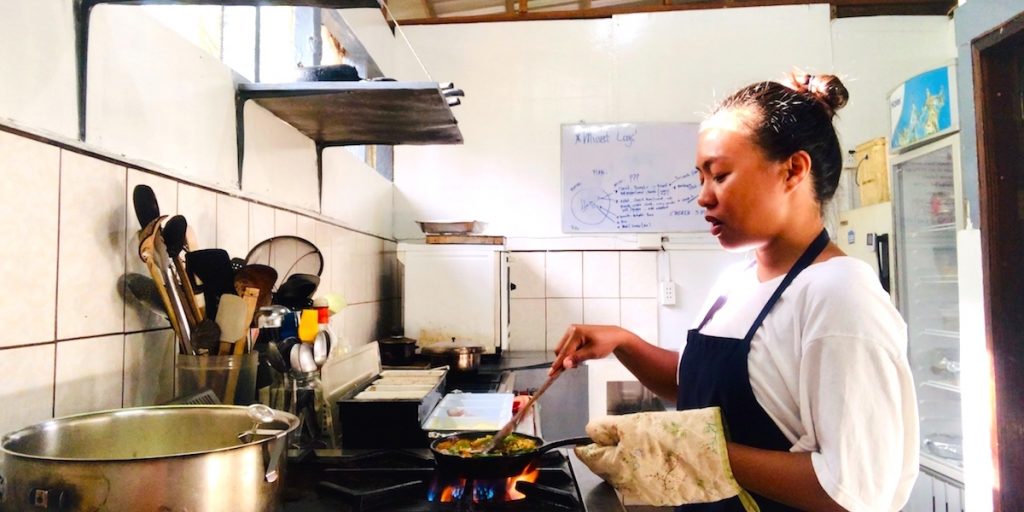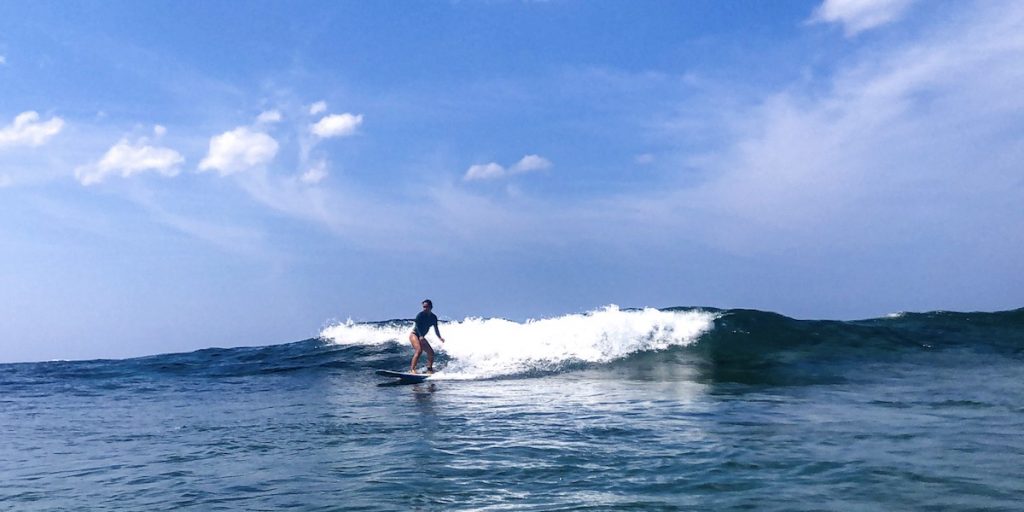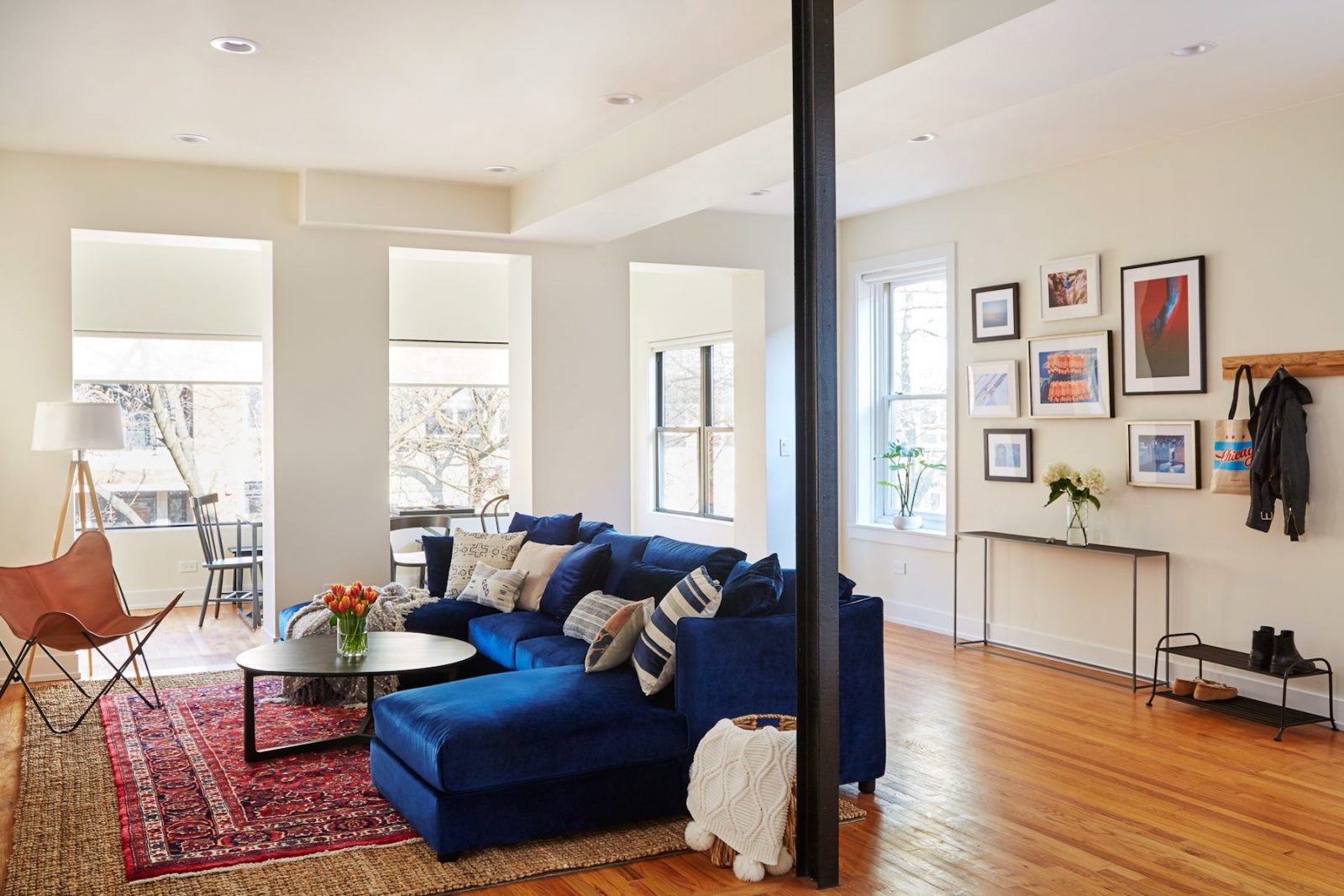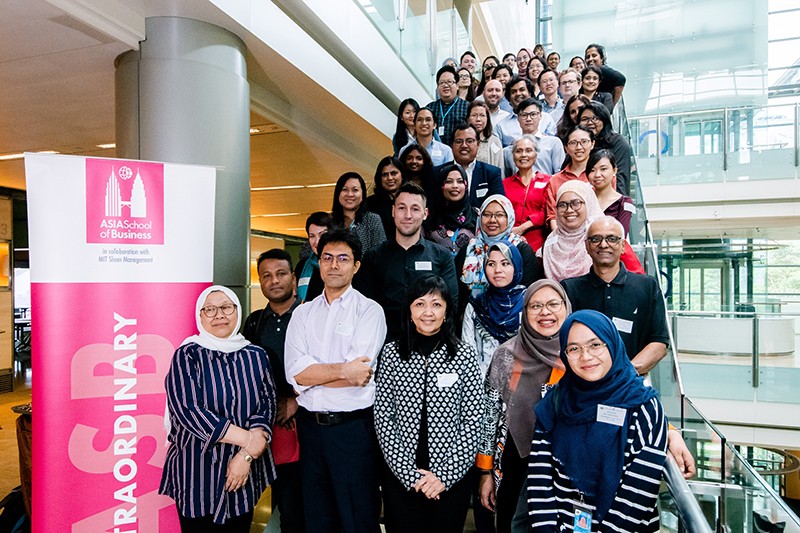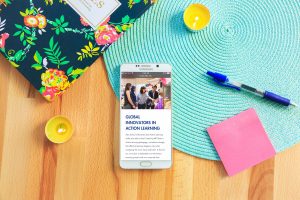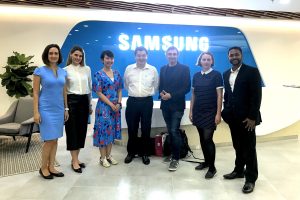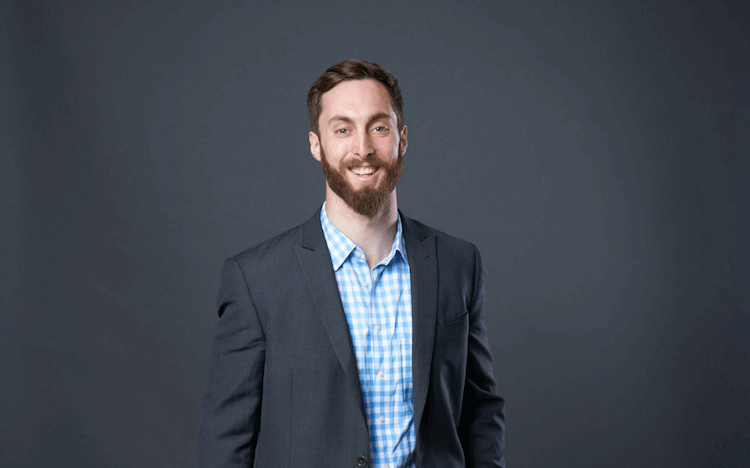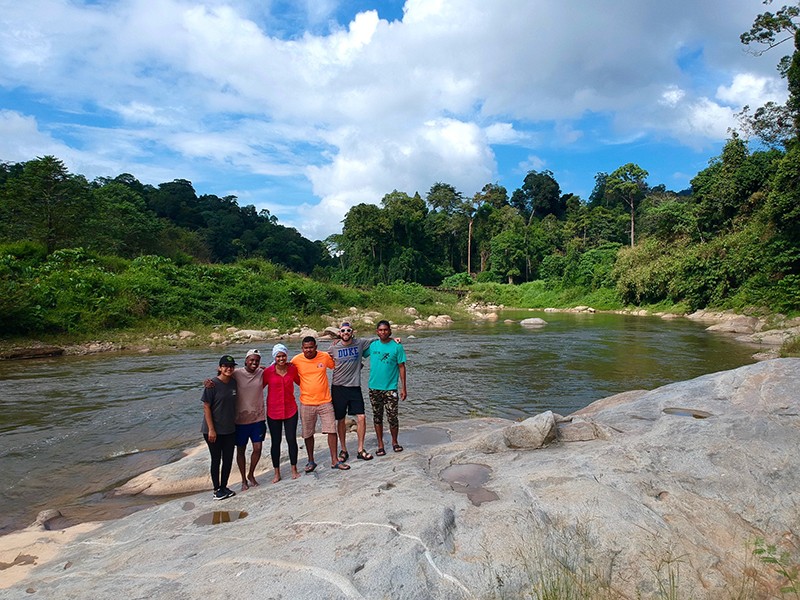
“There is nothing so practical as a good theory”– Kurt Lewin
Asia School of Business and Action Learning have become synonymous, thanks to ASB’s snazzy marketing. But what is it supposed to mean? I believe the proposition of learning through action is a strong one. I’m from ASB’s inaugural Working Professionals class, which means I’m earning an MBA while maintaining a full-time job. For me, Action Learning is a little different.
Instead of completing five different projects at five host companies, my Action Learning is done in-house with my employer. However, the process is largely the same. We still need to get buy-in from management, oversee execution, and present the results to various stakeholders. I chose ASB because of Action Learning. It’s what the school stands for and it guides the rudder of the ASB ship.
How to become an expert
I have a childhood friend who works in Vietnam, and on occasion we catch up at one of the world’s best pizza parlors, which somehow is smack in the middle of Ho Chi Minh City. After dinner and a few drinks, we often wonder aloud what learning means. These discussions, stemming from epistemology, a classical branch of philosophy, become annoying and incendiary as the night progresses.
How is knowledge acquired? How can we know something? How do we know that we know? And then, when it comes to careers: What is an expert? How can I be an expert? In order to preserve a friendship that is as old as our existence, we have come to agree that a mastery of anything resembles mastering a sport.
You can have the best strategy at your fingertips, but without practice you may not know your left foot from your right in the field. On the other hand, you could spend hours and hours playing a sport, but without a winning strategy, you may not score points even if your life depended on it.
Balancing theory and practice
There is a lot of tacit knowledge in every field, knowledge that cannot be written down or verbalized but is gained through repetitive immersion in an activity. Now, how can you learn business in a classroom without being in the thick of doing business? This is something ASB has tried hard to answer. ASB puts you in a room with experienced peers and MIT professors and allows you to download the best theory out there while gleaning valuable lessons from the storytelling of others.
And then they send you straight into the wild. I did exactly that – galloped into the wild. Operations Management (OPS101) was taught by our dean, Professor Charles Fine. When he taught us about the Economic Order Quantity model, I wasted no time and attempted to use it to manage inventory in my company the very next week. My gallop quickly slowed to a trot and then a walk. The theory worked for one product and didn’t work for the rest – but this was a model companies have been using for decades!
Learning to change
Here was an instance of when tacit knowledge is gained, when classroom models are tweaked to fit real scenarios or abandoned altogether. There is a wealth of knowledge out there, but what works? How do you arrive at a relevant set of tools? Thus far, for me, it’s about understanding the scenario in front of you and discovering what works from the myriad tools given in class.
Also, the problem is that learning means change. Can you learn something and not change? In Act Like a Leader, Think Like a Leader, a book recommended by our dear Associate Dean Sean Ferguson, Herminia Ibarra’s research suggests that learning and change often come from the outside in and rarely from the inside out. We rarely think ourselves into real change, since our worldview is defined by everything we experience.
Therefore, we need an external trigger. Perhaps we must be put in situations that nudge us, albeit a little forcefully, to change. Action Learning is supposed to effectively facilitate that learning and change. I still remember when Dong-Wook Lee, ASB’s Deputy Director of Action Learning, came to my hometown to publicize the program.
He said, “I have two things in my office for when students come to see me: tissues, to dry their tears, and candy, to keep them from falling asleep on the spot from exhaustion.” Ah, I thought to myself, so that’s Action Learning.
